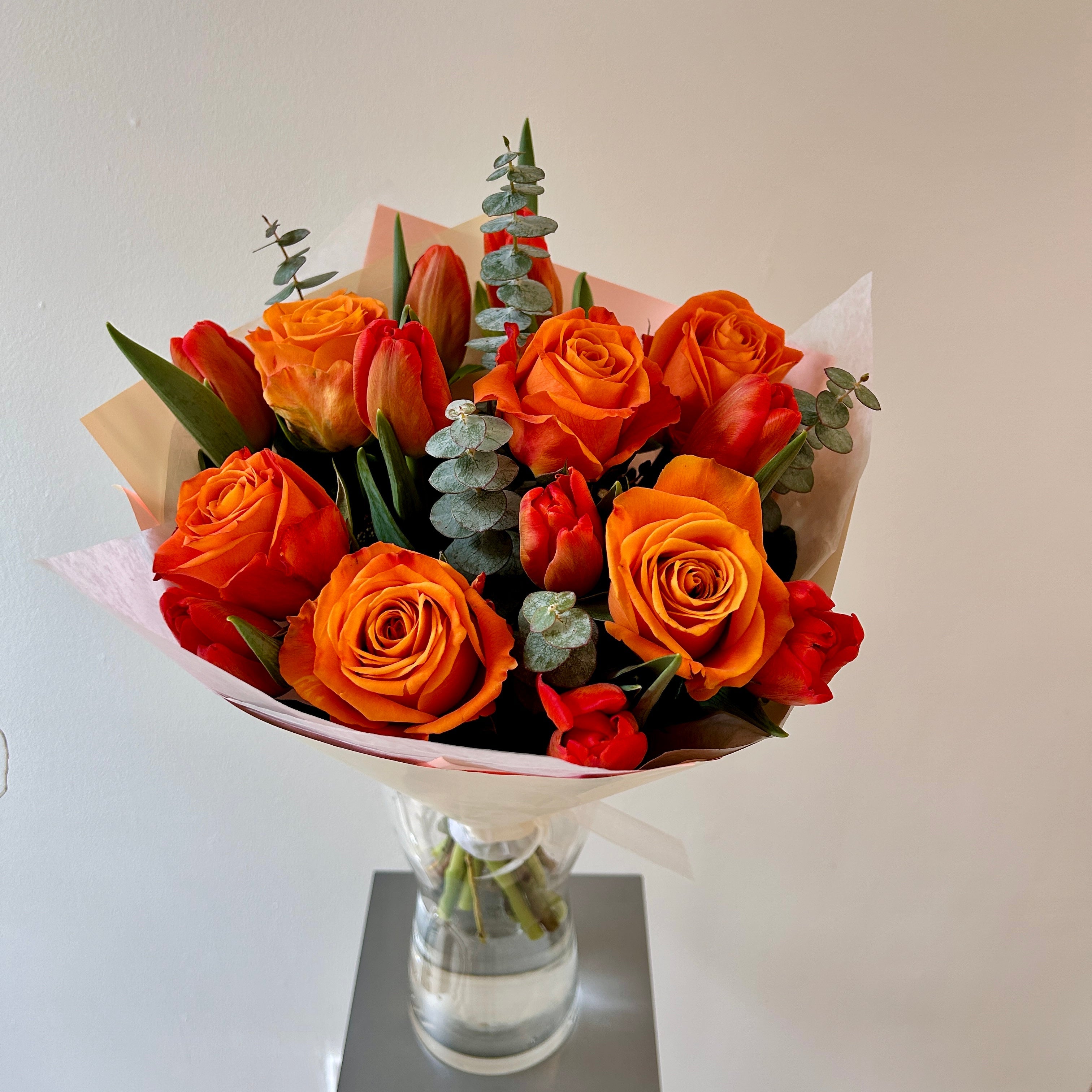Welcome to our collection, where we redefine elegance with tulip bouquets. This collection provides a fresh and stylish alternative to traditional flowers such as roses. With their sleek design and balanced look, they offer a modern touch that transcends usual flower styles. We constantly update this collection to look for new styles with these great flowers.
We deliver our bouquets in easy-to-handle bags. Each comes with the option of adding a personal, hand-written card, making your gift truly special.




